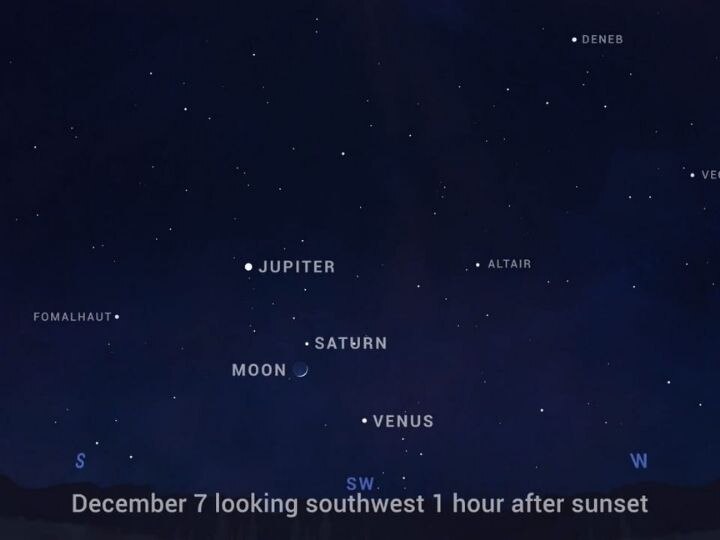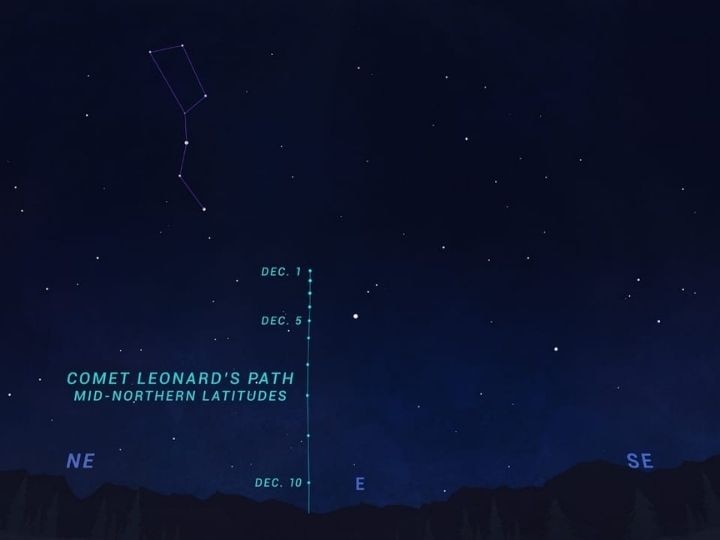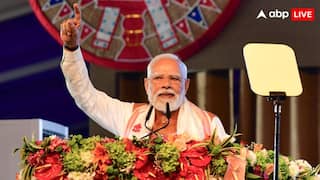Meteor Showers, Comet Leonard, Dazzling Venus — What To Watch In The December Sky And When
The December sky-watching highlights include the annual Geminid showers, Comet Leonard, and the Solar System's gas giants, among others.

New Delhi: Several astronomical objects can be spotted in the sky, during the early evening hours, or before sunrise this month. The December sky-watching highlights include the annual Geminid showers, Comet Leonard, and the Solar System's gas giants, among others.
On the following dates, one can see different cosmic phenomena:
December 6 to 10
The Moon will come close to Venus, Saturn, and Jupiter in early December. One can spot all these astronomical objects by looking westward following sunset. The Moon will pass by Venus, Saturn, and Jupiter in turn, each evening after sunset, from December 6 to 10. The Moon’s crescent will fill out over the days, and will appear higher in the sky over the course of the week, NASA said on its website.
Venus, or the evening star, will dazzle in the evening sky. The planet will sink closer to Earth’s horizon during December, and disappear by New Years’, before reappearing in late January as a morning planet preceding the sunrise.
The evening star will not be back in the evening skies until December of next year.

December 12
The Comet Leonard, which is a recently discovered comet, will make its way into the inner solar system, and will be closest to our planet on December 12. This will take place a couple of weeks before the comet reaches its closest distance from the Sun.
Binoculars will be necessary to spot the comet, because the brightness and visibility of this class of astronomical objects are unpredictable.
Comet Leonard can be found in the east before sunrise in the first couple of weeks of December. It will pass between Arcturus, the brightest star in the constellation Boötes, and the handle of the Big Dipper, which is an asterism, or a noticeable pattern of stars. Leonard will approach the horizon during its closest approach to Earth, and appear brighter, but will be challenging to observe.
Comet Leonard will be visible as an evening object after around December 14. It can be viewed in the sky after sunset.

December 13 and 14
The Geminid meteors, which are a highlight of December skies each year, will peak overnight on December 13 and 14. The visibility of the meteor showers depends on the phase of the Moon. At the peak of the Geminids, the Moon will be at almost 80 per cent peak this year, which is not ideal. One can watch the meteor showers for a couple of hours before dawn.
The meteors, which appear to radiate from the constellation Gemini, will be visible high in the west. The Geminids meteor showers are unique because they are one of the meteor showers that are caused by debris from an asteroid that crosses Earth’s orbit, unlike most other annual meteor showers, which are caused by Earth passing through trails of dust-sized particles of comet debris. Debris from an asteroid named Phaethon crossing Earth’s orbit will result in the Geminids meteor showers.







































